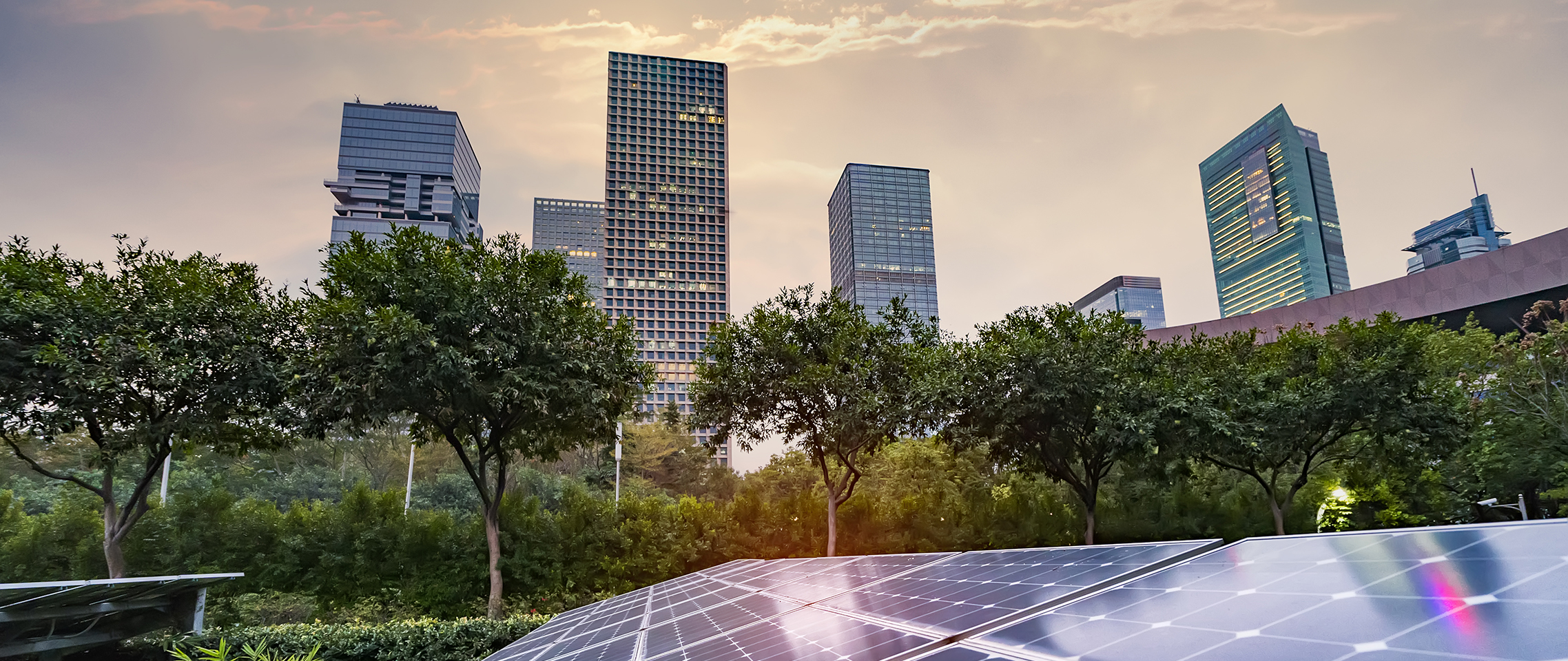ARCHIVED - Introduction
This page has been archived on the Web
Information identified as archived is provided for reference, research or recordkeeping purposes. It is not subject to the Government of Canada Web Standards and has not been altered or updated since it was archived. Please contact us to request a format other than those available.
Canada’s Energy Future 2020: Energy Supply and Demand Projections to 2050 (EF2020) is the latest long-term energy outlook from the Canada Energy Regulator (CER). Like many activities of the CER, it builds on the 60 year history of the National Energy Board, which began releasing long-term projections in 1967.
The Energy Futures series explores how possible energy futures might unfold for Canadians over the long term. Energy Futures uses economic and energy models to make these projections. We base the projections on assumptions about future trends in technology, energy and climate policies, energy markets, human behaviour and the structure of the economy.
The Energy Futures series includes long-term projections of the Canadian energy system. At the same time, the COVID-19 pandemic has created significant near-term uncertainty for Canadians, including energy supply and demand trends. Because of this, EF2020 includes more focus on the near term than is typical of the Energy Futures series. See the “Energy Supply and Demand in a Pandemic: Effects of COVID-19” section to explore this analysis.
EF2020 is the first Energy Futures report to extend the projection period to 2050. EF2020 also introduces a new scenario, the Evolving Energy System Scenario (Evolving Scenario), to complement the traditional baseline projection in the Energy Futures series, the Reference Energy System Scenario (Reference Scenario). Finally, EF2020 explores what going beyond an evolving energy system could mean for Canada in the “Towards Net-Zero” section.
Several important assumptions and caveats underpin the analysis in EF2020. The “Scenarios and Assumptions” section outlines the specific assumptions underlying the projections for each of the scenarios. The “Results” section provides an overview of the projections for various parts of the Canadian energy system, focusing on the Evolving Scenario. The “Towards Net-Zero” section explores what a net-zero energy system could mean for Canada broadly, and for three different segments of the Canadian energy system. Finally, the “Access and Explore Energy Futures Data” section provides links to access data and tools for further use and exploration of EF2020.

